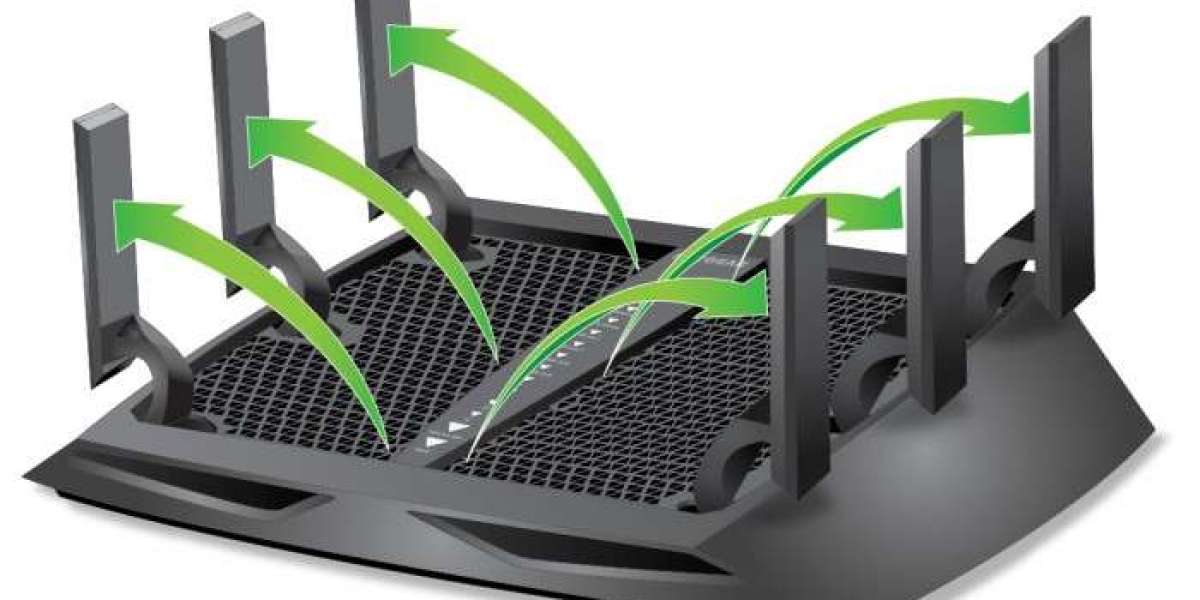In the ever-evolving landscape of digital connectivity, the efficiency of our WiFi routers plays a pivotal role in ensuring seamless online experiences. One often underestimated aspect that significantly impacts the performance is the positioning of the WiFi router antenna. In this comprehensive guide, we delve into the intricacies of optimizing your WiFi signal by strategically positioning the router antennas.
Understanding the Basics: WiFi Antenna
Before we dive into the process of optimizing WiFi antennas, it's essential to unravel the intricate world of these signal transmitters. In essence, there exist two primary types of WiFi antennas: omnidirectional and directional. Each antenna type serves a distinct purpose, and gaining a comprehensive understanding of their individual characteristics is paramount for effective positioning. These antennas play a pivotal role in determining the range, coverage, and overall performance of your WiFi network. Therefore, let's embark on an exploration of these antenna types to equip ourselves with the knowledge necessary for optimal positioning and, consequently, enhanced signal reception and transmission.
What is omnidirectional antenna
Omnidirectional antennas radiate signals in all directions, creating a 360-degree coverage pattern. Picture it as a sphere of WiFi coverage emanating from the antenna's point of origin. This makes omnidirectional antennas ideal for scenarios where signals need to be dispersed evenly in all directions, such as in the center of a home or office space. They are effective in providing widespread coverage but may not be the best choice for scenarios requiring long-range or targeted connectivity.
What is directional antenna
On the other hand, directional antennas concentrate their signal in specific directions, akin to a flashlight beaming in a particular direction. This focused transmission makes directional antennas suitable for scenarios where the WiFi signal needs to travel over longer distances or target specific areas. They are commonly used in point-to-point communication setups, such as linking two buildings or providing connectivity to a remote location. Understanding the nuances of these antenna types is crucial for optimizing WiFi network performance by selecting the right antenna for the specific requirements of a given environment.
How to position wifi router antenna
Finding the Optimal Location
Discover the ideal location for your WiFi router in your home or office. Factors like interference, obstacles, and room layout influence the optimal placement for enhanced signal strength.
Adjusting Antenna Angles
Fine-tune antenna angles to unlock the full potential of your router. Even a slight adjustment can make a substantial difference in signal propagation. Learn the art of achieving the perfect angle for your specific needs.
Elevating the Router
Elevating your router might be the key to overcoming signal obstructions. Explore creative ways to position your router at an elevated level, ensuring a clearer signal path for improved connectivity.
Advanced Strategies for WiFi Optimization
Overcoming Interference
Dive into the world of WiFi interference and master techniques to mitigate its impact. From electronic devices to neighboring networks, understand how to combat interference for a stable connection.
Extending Range with Repeaters
For larger spaces, strategically placed WiFi repeaters can extend your network's reach. Uncover guidelines for optimal repeater positioning and how they complement your router's antenna setup.
Conclusion
In conclusion, the positioning of your WiFi router antenna is a nuanced art that directly influences your internet experience. By understanding the types of antennas, optimizing their placement, and implementing advanced strategies, you can elevate your network's performance.



